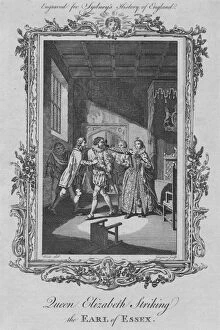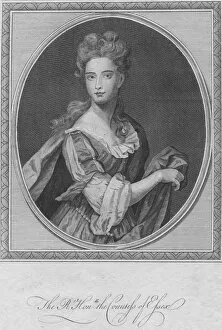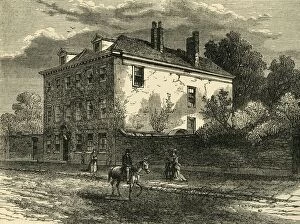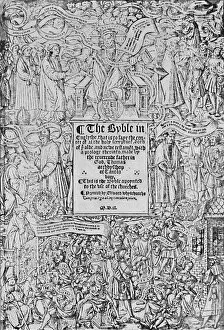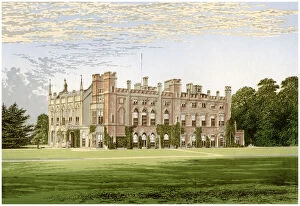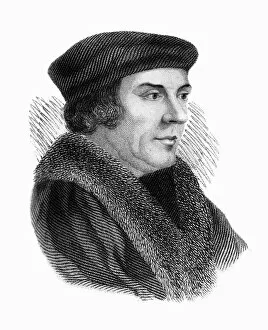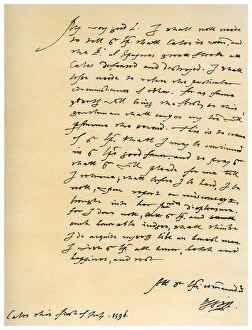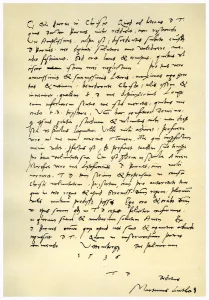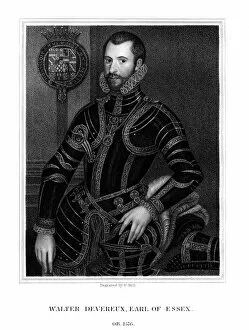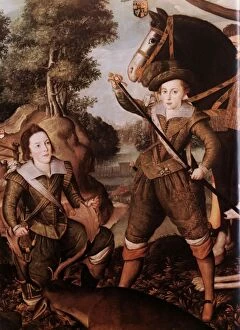Earl Of Essex Collection (page 2)
The Earl of Essex, Thomas Cromwell, was a prominent figure in the 16th century
All Professionally Made to Order for Quick Shipping
The Earl of Essex, Thomas Cromwell, was a prominent figure in the 16th century. His intriguing life and tragic fate have been captured through various artistic depictions. One such portrayal is a painting by Hans Holbein the Younger from 1537. This artwork showcases the Earl of Essex during his prime years, exuding power and influence. Another portrait from 1890, created by an unknown artist, offers a different perspective on Cromwell's appearance. A significant event in Cromwell's life was his involvement with Queen Elizabeth I. The lithograph depicting the Countess of Nottingham returning his ring to the queen symbolizes her attempt to save him from execution but arriving too late. This heart-wrenching scene emphasizes their complex relationship and highlights the consequences of political intrigue. Furthermore, playing cards featuring key figures in the Rye House Plot of 1683 shed light on how Cromwell's legacy continued to be intertwined with political conspiracies long after his death. Queen Elizabeth I herself is also prominently featured in several artworks related to Cromwell. A striking portrait captures her regal beauty as she ruled over England during this tumultuous period. An engraving shows an interview between her and Essex, showcasing their close connection despite their eventual falling out. Memorial medals dedicated to the they were created in 1646 as a tribute to his memory. These engravings serve as reminders of his significance even years after he met his tragic end. These diverse artistic representations provide glimpses into the life and times of Thomas Cromwell, better known as the Earl of Essex. From portraits capturing his image at different stages in history to scenes illustrating pivotal moments involving Queen Elizabeth I or political plots that shaped England's destiny – each artwork contributes to our understanding and fascination with this influential historical figure.


